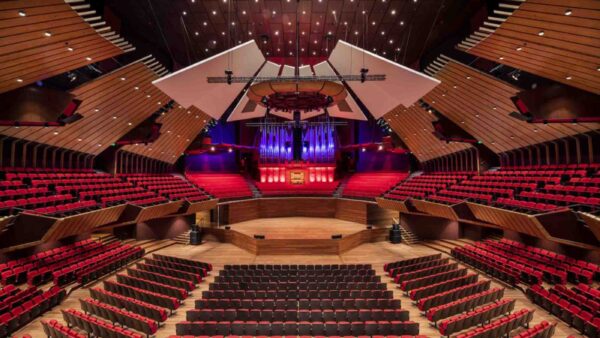China has begun constructing an underground research laboratory in the Gobi Desert as part of a 30-year project to determine if the site is suitable to hold high-level radioactive waste, a process known as “geological disposal”.
If it is suitable, it will be the main repository for waste generated in China’s 51 nuclear power plants.
According to the International Atomic Energy Agency, scientists will use the laboratory to assess the geological, hydrological, geochemical and engineering characteristics of the site.
The search for a suitable site began in 1985, carried out by the Beijing Research Institute of Uranium Geology (BRIUG).
Liang Chen, the vice president of the institute, commented: “The safe disposal of high level radioactive waste is one of the critical missions for the sustainable development of China’s nuclear industry.”
If tests confirm the site’s suitability, the final stage – the construction of the disposal facility – will take place between 2041 and 2050.
High-level radioactive waste such as strontium-90, cesium-137 and plutonium-239 can remain toxic for hundreds of thousands of years. The internationally accepted solution is geological disposal in a facility several hundred metres underground in a geologically stable matrix.
Another geological disposal facility is under construction in Finland (see further reading).
Image: BRIUG’s rendering of the waste store
Further reading:






